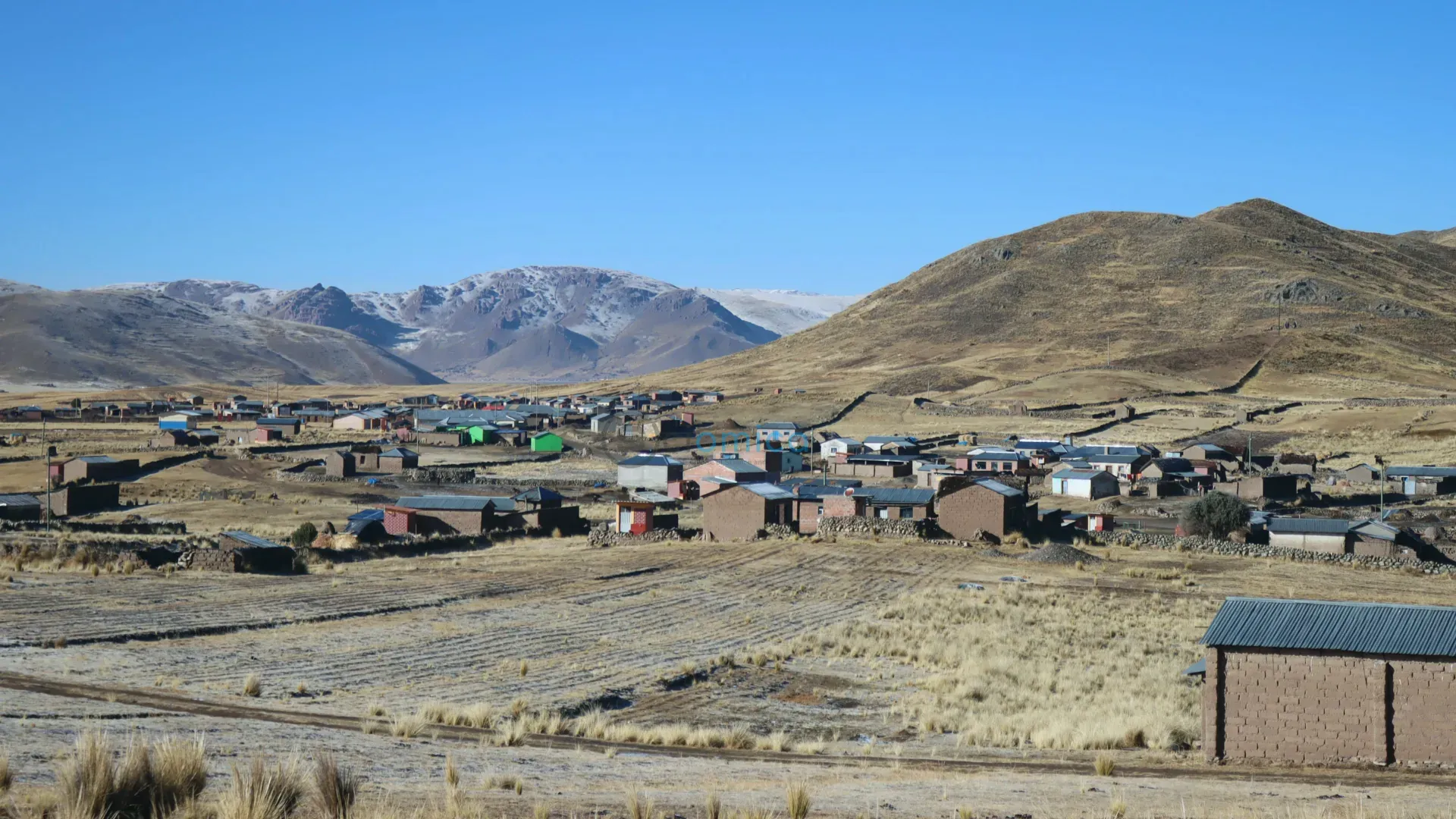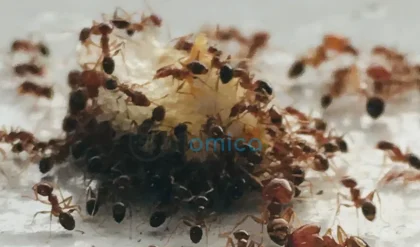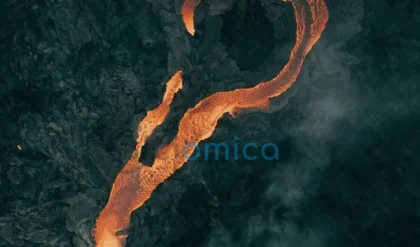
In a groundbreaking study published on June 25, 2025, in the open-access journal PLOS One, researchers led by Luis Flores-Blanco from the University of California Davis and Arizona State University unveil a new perspective on the origins of agriculture in the Andean region. Contrary to the prevailing notion that the transition from foraging to farming was primarily a response to hardship and dwindling resources, the findings suggest it was a period marked by resilience and innovation.
The shift to agriculture has long been viewed as a pivotal moment in human history, laying the groundwork for the expansion of modern civilization. Traditionally, this transition has been perceived as one of desperation, with increasing populations forcing communities to abandon foraging in favor of cultivated crops. However, this study sheds light on the dietary practices of ancient Andean peoples during this transformative period, revealing a different narrative.
To reconstruct ancient diets, the research team analyzed Carbon and Nitrogen isotope ratios from the skeletal remains of 16 individuals buried at two archaeological sites, Kaillachuro and Jiskairumoko, near Lake Titicaca. These sites were inhabited between approximately 5,000 and 3,000 years ago, coinciding with the critical transition from foraging to farming. The isotope signatures indicated a substantial reliance on plant materials, comprising 84% of the diet, with a smaller portion derived from large mammals. Remarkably, these dietary proportions remained consistent throughout the transitional period at both sites, mirroring the eating habits of earlier foraging communities and later agricultural societies.
These findings challenge the notion of an agricultural shift spurred by resource scarcity, instead suggesting that food availability was stable for millennia during this time. The researchers propose that ancient peoples were adept at managing wild food resources, leading to the development of mixed foraging-farming economies rather than a total abandonment of foraging practices.
Flores-Blanco emphasizes the significance of cultural advancements that coincided with this period, including expanding trade networks and innovations in technology, particularly in ceramics and archery. He explains, “Our research shows that the origin of agriculture in the Titicaca Basin was a resilient process. Ancient Andean peoples relied on their deep knowledge of harvesting wild plants like potatoes and quinoa, as well as hunting camelids. They effectively managed their resources—domesticating both plants and animals—and gradually integrated these domesticated species into their diets.”
Co-researcher Luisa Hinostroza notes that these findings challenge the traditional view that the transition to agriculture was driven by necessity or crises. Instead, the study reveals a stable and sustainable food system that persisted for thousands of years in the Altiplano region. This provided crucial evidence of the capacity of Andean societies to efficiently manage resources, notably tubers and grains, while maintaining long-term stability.
The research project received funding from several prestigious organizations, including the National Science Foundation and the National Geographic Society, underscoring the collaboration and interdisciplinary approach that fueled these discoveries. Through a combination of dietary analysis, macrobotanical remains examination, and statistical evaluations, this research opens new avenues for understanding the dynamics of ancient agricultural development in the Andes.
Reference:
- Luis Flores-Blanco, Morgan Hall, Luisa Hinostroza, Jelmer Eerkens, Mark Aldenderfer, Randall Haas. Altiplano agricultural origins was a process of economic resilience, not hardship: Isotope chemistry, zooarchaeology, and archaeobotany in the Titicaca Basin, 5.5-3.0 ka. PLOS One, 2025; 20 (6): e0325626 DOI: 10.1371/journal.pone.0325626






